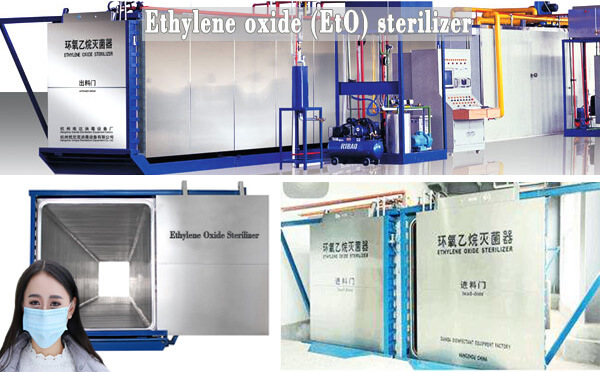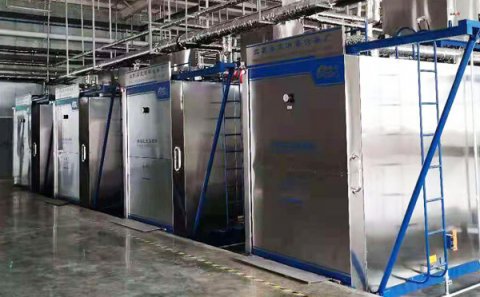

Today, for medical masks, the disinfection and sterilization of disposable civilian masks use ethylene oxide sterilizers. The ethylene oxide sterilizer not only has good sterilization and disinfection effects, but also has a short disinfection and sterilization time. The patented technology of our company's ethylene oxide sterilizer has greatly reduced the sterilization time.
Environmental pretreatment
Environmental pretreatment
At present, most of the EO sterilization process starts from the requirements of products outside the sterilization room, such as masks and medical masks. Pretreatment is generally carried out in a specially designed room to heat and humidify the product, so that the product can reach a stable internal temperature and moisture before entering the room. This will ensure that the sterilization process is repeatable and has no external impact, such as climate change.
Items to be considered:
Please note that the product needs to be heated and humidified for 12 to 72 hours. The integrity of the package and its capability must be taken into account, with a nominal 47 ° C and 65% relative humidity under pre-treatment conditions. Emphasis should be placed on strength and stability of the corrugations over time in harsh environments.
After pretreatment, the product is placed in the heating chamber, which is designed to withstand the extreme pressure in the sterilization process.
Humidification
When indoor disinfection conditions are available, the use of ethylene oxide can completely inactivate microorganisms.
The four active ingredients needed to successfully complete this process are:
Hot
Damp
Gas concentration
Time
In the previous pretreatment step, heat and moisture are added to the product to achieve a predetermined or stable state. During the initial evacuation phase of the execution process, the product may lose a large amount of water. Water must be changed before introducing EO. This can be achieved by increasing the humidity in the form of steam injection. Calculate the amount of steam required to produce a predetermined relative humidity of 3. After adding steam, allow the product to stand or soak for a period of time to replenish the water lost during the evacuation phase.
The conventional limit of temperature is usually 37 ℃ ~ 63 ℃, and the suitable temperature is 505 ℃. However, when the temperature is high enough to make the drug play its maximum role, and then the temperature is increased, the bactericidal effect is no longer strengthened.
The determination of sterilization temperature is related to the following factors:
1) Products: material, physical and chemical properties
2) Stacking: the total loading capacity is 80%, and the loaded articles cannot touch the wall of the cabinet, and there is a certain distance between them
3) Packaging: material, size, thickness, loading quantity
4) Printing: ensure that the printing quality will not be affected by sterilization.








Comments: